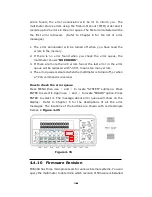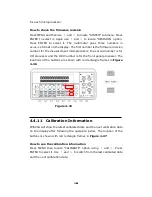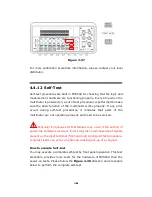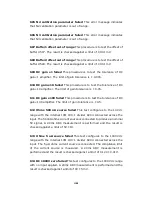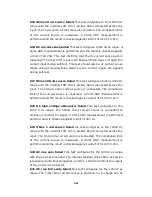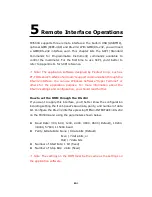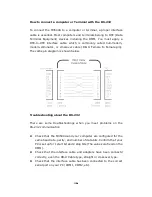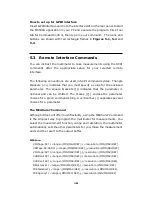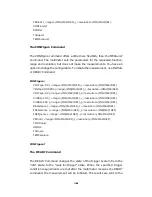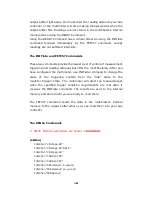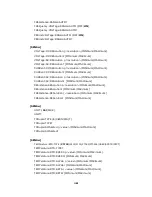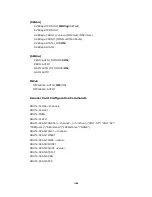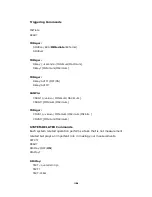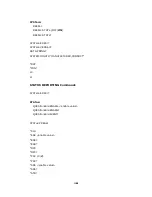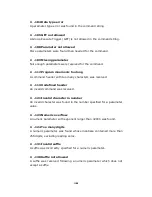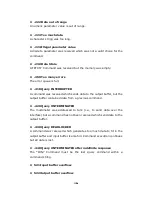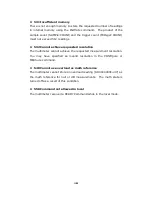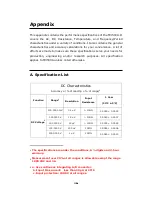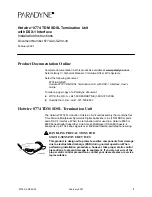
121
121
121
121
output buffer right away. You must enter the reading data into your bus
controller or the multimeter will stop making measurements when the
output buffer fills. Readings are not stored in the multimeter’s internal
memory when using the READ? Command.
Using the READ? Command has a similar effect as using the INITiate
command followed immediately by the FETCh? command, except
readings are not buffered internally.
The INITiate and FETCh? Commands
These two commands provide the lowest level of control of measurement
triggering and reading retrieval, but offer the most flexibility. After you
have configured the multimeter, use INITiate command to change the
state of the triggering system from the “idle” state to the
“wait-for-trigger” state. The multimeter will start the measurements
when the specified trigger condition requirements are met after it
receives the INITiate command. The results are sent to the internal
memory and stored until you are ready to read them.
The FETCh? command sends the data in the multimeter’s internal
memory to the output buffer where you can read them into your bus
controller.
The SENSe Commands
※
NOTE: Default parameters are shown in
bold italic
.
[SENSe:]
FUNCtion “VOLTage:DC”
FUNCtion “VOLTage:DC:RATio”
FUNCtion “VOLTage:AC”
FUNCtion “CURRent:DC”
FUNCtion “CURRent:AC”
FUNCtion “RESistance” (2-wire Ω)
FUNCtion “FRESistance” (4-wire Ω)
FUNCtion “FREQuency”
Summary of Contents for M3500A
Page 1: ...PICOTEST M3500A 6 5 Digit Digital Multimeter User s Manual Version 1 06 ...
Page 2: ...2 2 2 2 M3500A DMM User s Manual ...
Page 49: ...49 49 49 49 Figure 3 17 1 2 3 5 5 4 4 1 2 3 ...
Page 50: ...50 50 50 50 Figure 3 18 5 ...
Page 191: ...191 191 191 191 FreeLibrary hUSBTMCLIB hUSBTMCLIB NULL return ...


